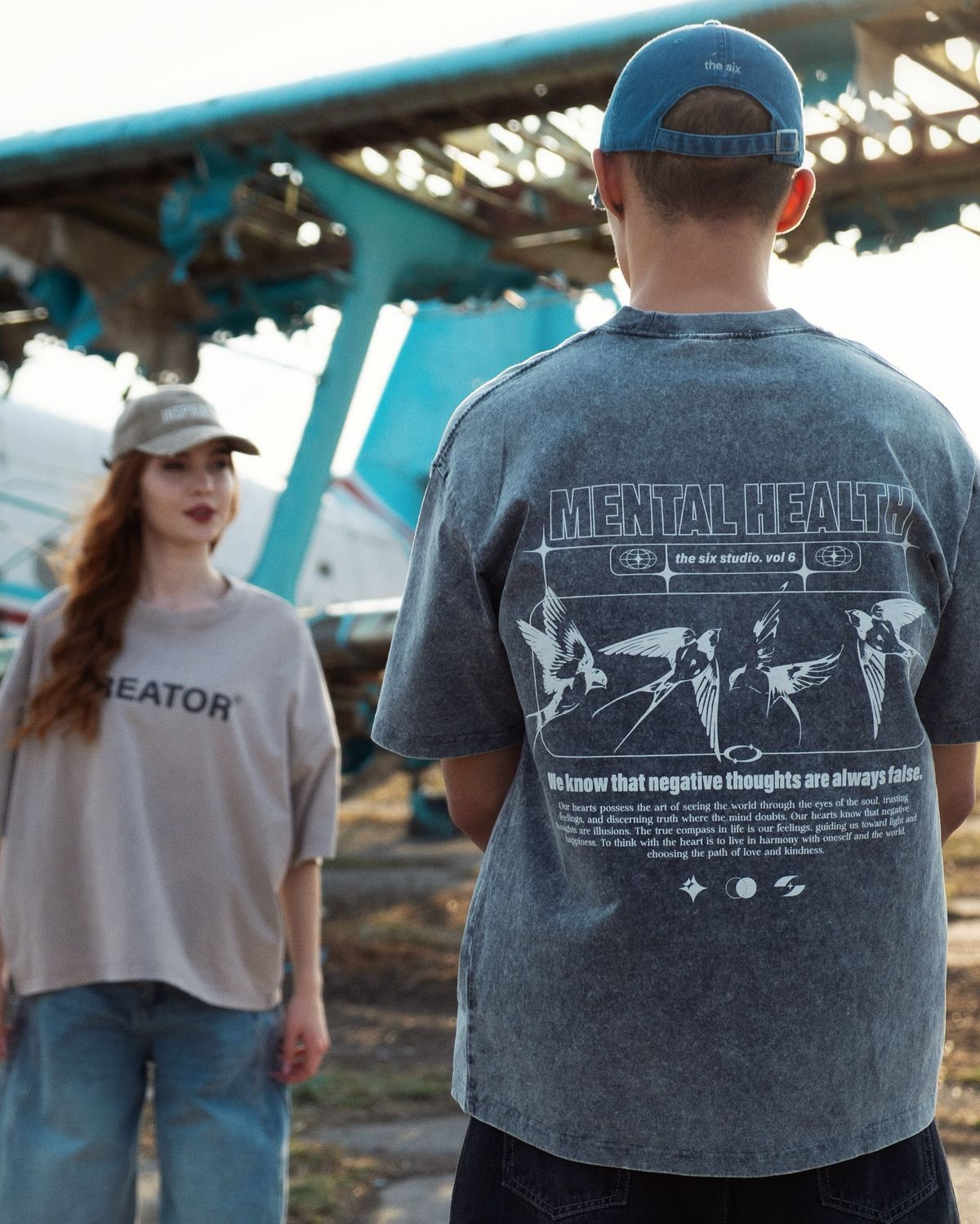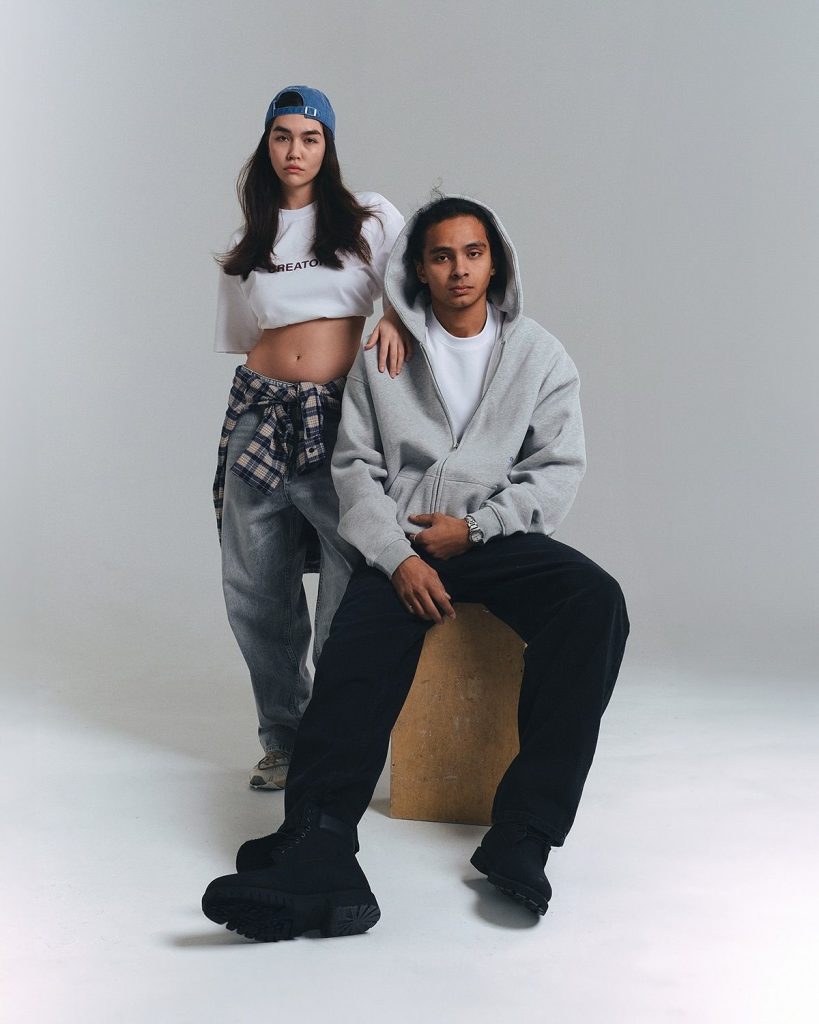In the world of fashion, change often begins quietly — a shift in attitude, a new awareness, a spark of responsibility. Over the past decade, that spark has become a movement. Conscious fashion is no longer a niche idea whispered among eco-enthusiasts; it is a global conversation redefining how we create, consume, and celebrate style.
2025 marks the era where fashion becomes more than fabric — it becomes philosophy. Shoppers now want garments that tell stories, designs that respect the planet, and brands that stand for something beyond beauty. Conscious fashion represents a fusion of creativity and conscience — where every choice, from fiber to finish, carries meaning and impact.
Gone are the days when style and sustainability existed on opposite ends of the spectrum. Today, they walk hand in hand, proving that elegance and ethics can coexist in perfect harmony. The new generation of fashion lovers is not just asking, “Who made my clothes?” but also, “What does my style stand for?”
The Evolution of Fashion Consciousness
Fashion has always been a reflection of its time. In the past, trends were defined by aesthetics, wealth, or celebrity culture. But as the world became more interconnected and informed, the fashion narrative began to change. Climate change, labor rights, and overconsumption revealed the darker side of glamour — and with that awareness, came accountability.
In the early 2020s, sustainable fashion began as a small rebellion. Designers started experimenting with recycled fabrics and transparent production methods. By 2025, this evolution has become a revolution. Conscious fashion now influences every level of the industry — from high couture to casual streetwear.
The once-static cycle of “new season, new trend” is being replaced by the philosophy of longevity and intention. Clothing is no longer disposable; it’s a long-term investment — emotionally, ethically, and environmentally.
Consumers now crave connection — they want to know the story behind each garment, to feel that their purchase contributes to something meaningful. Conscious fashion isn’t about buying more; it’s about buying better.
The Ethics Behind the Aesthetics
Conscious fashion starts where design meets responsibility. Ethical production practices form the foundation of this movement. Every stage — from sourcing materials to labor conditions — reflects a brand’s integrity.
In 2025, ethical fashion means paying fair wages, ensuring safe working environments, and embracing transparency. Brands are proudly sharing details about their supply chains, artisans, and sustainability goals. This transparency builds trust — a currency far more valuable than fast profit.
Beyond production ethics, the design process itself has become more intentional. Designers are creating with empathy — thinking about how materials affect the planet, how garments affect body image, and how the industry can empower rather than exploit. It’s a holistic approach to fashion that views beauty not as appearance but as impact.
Materials with Meaning: The Power of Fabric Innovation
What we wear begins with what it’s made from. The materials used in conscious fashion are rewriting the rules of textile innovation. Organic cotton, hemp, bamboo, and linen are returning to prominence — cherished for their natural properties and minimal environmental impact. But the new frontier lies in technological advancement.
Recycled polyester made from ocean plastics, bio-fabrics grown in labs, and leather alternatives derived from mushrooms or pineapple fibers are leading examples of fashion’s scientific creativity. These materials prove that sustainability and luxury can coexist without compromise.
Designers in 2025 are embracing slow innovation — where materials are tested not just for performance but for purpose. The texture, durability, and feel of each fabric tell a story of evolution — one where human ingenuity meets nature’s wisdom.
Every thread becomes a statement of respect — for the planet, for the people who craft it, and for the wearer who values both.
Slow Fashion: Redefining Luxury
In an age of instant gratification, slow fashion feels revolutionary. It challenges the culture of speed and excess, asking us to pause and appreciate craftsmanship, quality, and timelessness.
Slow fashion doesn’t mean anti-trend — it means pro-value. It celebrates the beauty of thoughtful design and durable construction. Instead of chasing what’s new every week, it invites us to curate a wardrobe that grows with us, reflecting personal evolution rather than fleeting fashion cycles.
Luxury, once defined by exclusivity and price, now finds new meaning in mindfulness. A hand-stitched jacket made by an artisan who earns a fair wage holds more value than a mass-produced designer item. The story, the process, and the purpose behind the piece are the new markers of prestige.
To wear slow fashion is to wear intention — a declaration that style can be both exquisite and ethical.
The Role of Technology in Conscious Design
Technology is no longer just a tool for production; it’s a catalyst for transformation. In 2025, digital design and AI innovation are making conscious fashion smarter, more efficient, and less wasteful.
Virtual sampling replaces physical prototypes, drastically reducing fabric waste. 3D body scanning ensures perfect fits, minimizing returns and overproduction. Blockchain technology enhances transparency, allowing customers to trace their garments from origin to wardrobe with a single scan.
Even digital fashion — clothing that exists only in virtual spaces — is reshaping how we think about consumption. It satisfies the desire for self-expression while eliminating environmental cost.
Technology gives designers the freedom to imagine without harming, to innovate without compromise. It bridges creativity and consciousness, proving that progress and sustainability can move in sync.
Cultural Awareness: Fashion with Global Sensitivity
Conscious fashion also acknowledges the importance of cultural respect and representation. Designers are drawing inspiration from global traditions — not by appropriating, but by celebrating and collaborating.
Handwoven textiles from indigenous communities, embroidery techniques passed down through generations, and traditional dyeing methods are finding their way into modern collections. This fusion honors heritage while creating economic opportunities for artisans around the world.
In 2025, cultural appreciation has become an ethical cornerstone of design. It challenges the Western-centric fashion model and gives voice to the makers behind the magic. Every stitch becomes a bridge between past and future, between local craft and global recognition.
Empowerment Through Style: Fashion with Purpose
Conscious fashion is deeply human at its core. Beyond sustainability and ethics, it’s about empowerment — using fashion as a language of identity, activism, and hope.
Many brands are designing collections that champion inclusivity, body positivity, and diversity. From adaptive clothing for people with disabilities to gender-neutral silhouettes that challenge stereotypes, fashion is becoming a medium for equality.
The new definition of style is empathy. What we wear reflects what we stand for — kindness, awareness, and change. Every outfit can carry a message, every designer can be a storyteller, and every purchase can support a purpose greater than aesthetics.
Consumers as Change-Makers
Perhaps the most powerful force behind conscious fashion is not the designer, but the consumer. Every purchase made with awareness sends a message to the industry: We care.
Today’s shoppers are redefining demand. They support brands that align with their values, they research before they buy, and they hold companies accountable. Social media has amplified this voice, turning customers into advocates and watchdogs.
Conscious fashion thrives on this partnership — a shared responsibility between creator and consumer. Together, they are shaping a world where fashion doesn’t exploit but empowers, where beauty doesn’t destroy but preserves.
Conclusion: The Future of Fashion with Purpose
Conscious fashion is not a passing trend — it’s the future of how we define beauty, value, and success. In 2025 and beyond, fashion’s greatest achievement will not be innovation alone, but intention.
The clothes we wear will continue to tell stories — not just of style, but of compassion. Each piece will represent more than fabric and thread; it will embody the choices, ethics, and vision of a world that dresses with purpose.
Fashion has finally found its conscience — and with it, its soul. The future is not only stylish but sustainable, meaningful, and transformative. Because true elegance begins when style meets impact.



